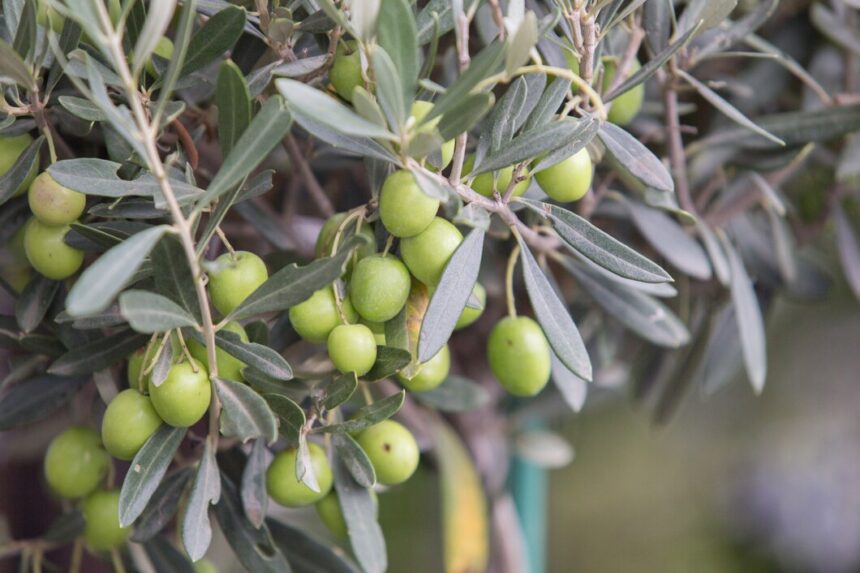Olive oil, with its rich flavor and numerous health benefits, has gained popularity worldwide, becoming a staple in kitchens and a cornerstone of Mediterranean cuisine. In South Africa, the cultivation of olives and the production of olive oil present promising opportunities for growers and producers alike. To harness the full potential of this valuable crop, it is essential to employ techniques that enhance both quality and yield. Here, we explore various strategies for optimizing olive oil production in the South African context.
1. Cultivar Selection:
Selecting the right olive cultivar is fundamental to achieving superior quality and maximizing yields. Varieties should be chosen based on their suitability to the local climate, soil conditions, and intended use of the oil (e.g., extra virgin, virgin, or pomace oil). In South Africa, cultivars such as Frantoio, Leccino, and Coratina are well-suited to the diverse growing regions.
2. Pruning and Training Techniques:
Pruning plays a crucial role in shaping olive trees for optimal growth and fruit production. Employing techniques such as central leader training and open center pruning can promote sunlight penetration and airflow within the canopy, leading to improved fruit quality and higher yields. Regular pruning also helps manage tree size and facilitates harvesting operations.
3. Soil Management and Fertilization:
Maintaining soil health is essential for ensuring vigorous olive tree growth and consistent yields. Conducting soil tests to assess nutrient levels and pH is critical for developing tailored fertilization programs. Organic amendments, cover cropping, and mulching can help enhance soil structure, fertility, and moisture retention, promoting overall tree health and productivity.
4. Irrigation Optimization:
Optimizing irrigation practices is crucial, particularly in regions characterized by erratic rainfall patterns. Employing precision irrigation technologies, such as drip or micro-sprinkler systems, allows for efficient water delivery directly to the root zone, minimizing water wastage and promoting optimal tree hydration. Monitoring soil moisture levels and adjusting irrigation schedules accordingly is essential for preventing water stress and ensuring steady fruit development.
5. Integrated Pest and Disease Management:
Pests and diseases can significantly impact olive tree health and reduce yield and oil quality. Implementing integrated pest and disease management (IPM) strategies, including cultural practices, biological control methods, and targeted use of pesticides, helps mitigate these risks while minimizing environmental impacts. Regular monitoring and early intervention are key components of effective pest and disease management programs.
6. Harvest Timing and Techniques:
Timing the harvest correctly is critical for obtaining high-quality olive oil with optimal flavor and aroma profiles. Harvesting too early or too late can result in lower oil yields and compromised quality. Employing techniques such as hand harvesting or mechanical shaking ensures efficient fruit removal while minimizing damage to the trees and olives, preserving oil quality.
7. Post-Harvest Handling and Processing:
Proper handling and processing of harvested olives are essential for preserving oil quality and flavor. Prompt transportation to the mill, gentle extraction methods, and strict adherence to temperature and storage conditions during processing contribute to the integrity of the final product. Cold pressing or centrifugation techniques are commonly used to extract high-quality olive oil while retaining its nutritional value and sensory attributes.
8. Continuous Education and Research:
Continuously updating knowledge and skills through education and research is vital for staying abreast of advancements in olive cultivation and oil production. Investing in research initiatives focused on cultivar development, agronomic practices, and sustainable production methods can provide valuable insights and drive innovation within the industry.
In conclusion, enhancing quality and yield in olive oil production in South Africa requires a comprehensive approach that integrates cultivar selection, pruning and training techniques, soil management, irrigation optimization, pest and disease control, harvest timing, post-harvest handling, and ongoing education and research. By implementing these strategies and embracing sustainable practices, South African olive oil producers can unlock the full potential of this prized commodity, contributing to economic growth and culinary excellence.
Join 'Farmers Mag' WhatsApp Channel
Get the latest Farming news and tips delivered straight to your WhatsApp
CLICK HERE TO JOIN






